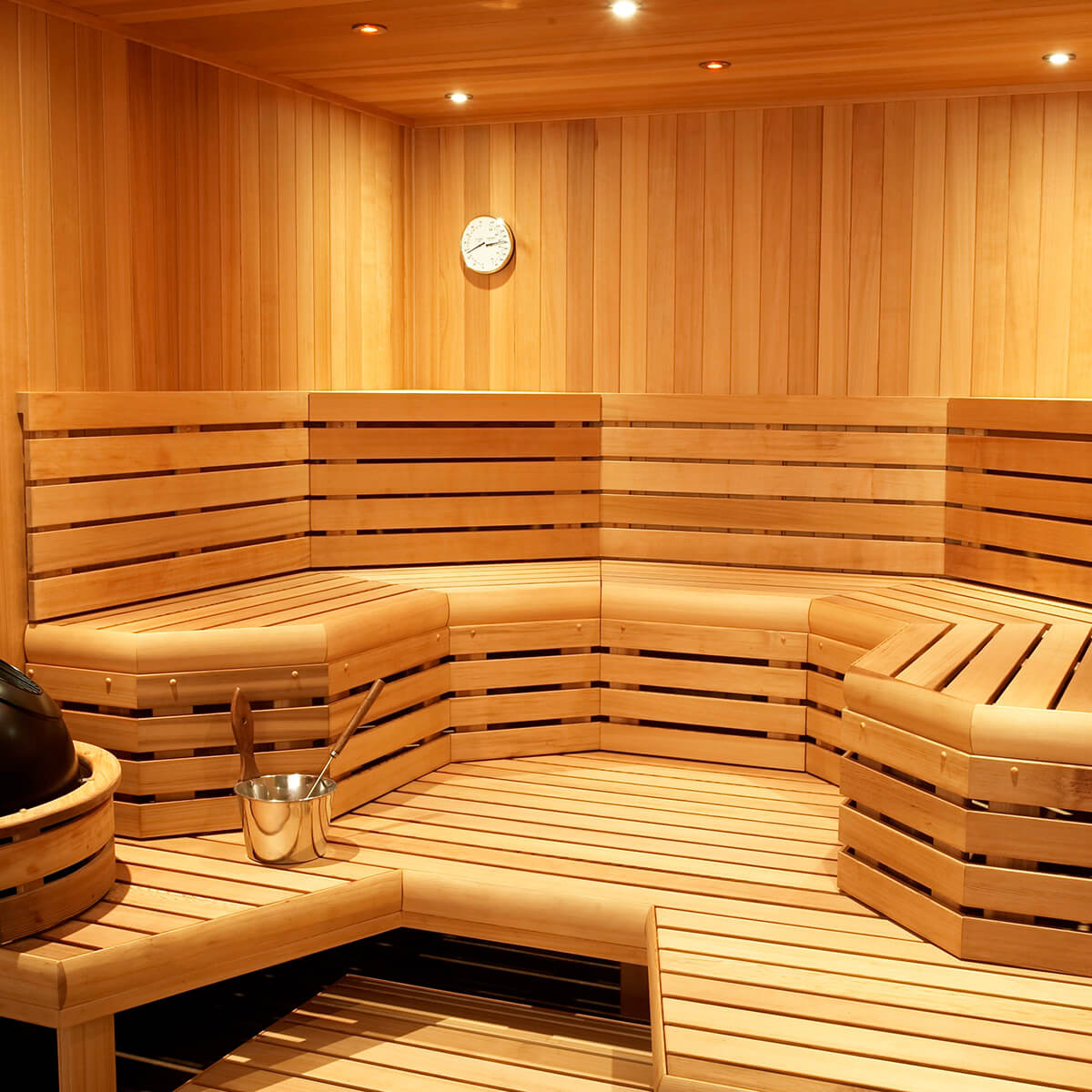Traditional Sauna Things To Know Before You Buy
Traditional Sauna Things To Know Before You Buy
Blog Article
9 Simple Techniques For Traditional Sauna
Table of ContentsWhat Does Traditional Sauna Do?Examine This Report on Traditional SaunaSome Known Questions About Traditional Sauna.Top Guidelines Of Traditional Sauna
Many of the weight lost in a sauna is water loss and is re-gained upon rehydrating. Without an uncertainty sauna can be a vital component of a healthy and balanced weight loss program. To consider the distinctions between traditional and IR saunas, I will separate these into verifiable, academic, and produced differences.Thus, the best factor in the saunawhich is at the ceiling straight over the sauna heateris usually between 185 and 190 F. Traditional Sauna. Claims that a traditional sauna surpasses 200 F is simply not true and not suitable for electric saunas marketed in the United States. The temperature level for a far-infrared sauna is typically established in between 120 and 140 F; nonetheless, unlike the typical sauna, the goal in and IR room is not to accomplish a heat
Because of this, the temperature level distinction is almost pointless, considering that extreme sweating causes both sauna kinds, yet the method of heating up the body is various. In an IR sauna the bather will certainly feel warm and will sweat profusely, however at much reduced temperatures. Therefore, if the goal is to spend longer durations of time in the sauna, the IR sauna is an excellent selection.

Not known Details About Traditional Sauna
When the heat is accomplished, the aspects cycle on and off to preserve the high temperature level. Many traditional sauna individuals take pleasure in putting water over the rocks to develop vapor to elevate sauna moisture degrees. The advantages of putting water over the rocks include: making the space a lot more comfy, moistening the nasal passages, and allowing the usage of aromatherapy by mixing crucial oils with the water.
In a far-infrared sauna, the warm front permeate the body to properly heat up the body and increase the body core temperature. To accomplish this enhanced temperature level, Far-infrared emitters create infrared power which is close to the same wavelength as that which the body normally click emitsoften described as the "Important Range" of 7 to 14 microns), so the power is well gotten by the body.
When the energy enters the body, it causes the body temperature level to boost and inevitably leads to sweating. In an infrared sauna it is very important for the emitters/heaters to remain on almost constantly. Because there is no mass of rocks to preserve heat, the sauna will certainly cool if the emitters closed off.
As stated over, the sauna bather in an infrared room intends to navigate here position himself in front of operating emitters to get optimal advantage from the warm. The heating time for both spaces can be very various, depending upon how the areas are used. For a traditional sauna, a bather should enable 30-40 minutes for the room to attain a preferred temperature level and to effectively pre-heat the rocks.
Some Known Incorrect Statements About Traditional Sauna
A well built sauna will normally accomplish a temperature level of 150-160 F in regarding 30-40 minutes. For hotter temperature levels, the space might need to warm for a longer duration.
To some, 15 minutes was "thrown away" while the infrared energy heated the timber panels instead than heating a body, while others locate a pre-heated space to be extra comfy and believe an elevated beginning temperature is needed to start sweating. The size of suggested usage for each and every space is about the exact same (10-15 mins per session); nevertheless, as a result of the lower air temperature levels and the capability to really feel the results of infrared warm much faster than a typical sauna, it is not uncommon for a person to spend a total of 20-30 mins in an infrared sauna.
Typical saunas tend to be bigger (thus utilize even more power) than infrared saunas, although conventional saunas are absolutely available in one and two person dimensions. For a two-person typical sauna, 5x6 or 5x7 dimension is most preferred. The top bench can conveniently Full Report seat 2 or three individuals and is also enough time to rest throughout the sauna session.


The average expense per kWH of electrical energy in the U.S. is roughly $0.11, so a 4.5 kW heater will set you back around $.50 to compete one hour, if the heater runs constantly for one hour. Commonly a sauna heating system will certainly compete 75% of the initial hour and 50% of succeeding hours on because the components cycle once the set temperature level is achieved.
Some Known Factual Statements About Traditional Sauna
A two person far-infrared space is typically literally smaller sized than a standard sauna, often regarding 4' x 4' or smaller sized. The IR heating unit is commonly 1.5-1.7 kW utilizing a 120 volt 15 amp plug-in solution. Given that the room can be utilized sooner than a sauna area, we will presume the space is made use of for to of an hour consisting of warm up time.
Ultimately, there is a hardly ever gone over difference in the social experience between both areas. While our culture has shed a few of the social benefit of the conventional sauna experience, it can be extremely socially gratifying. From family members time in the sauna, to heart-felt conversations with significant others, to sauna partiesthe traditional sauna experience can result in intimate interacting socially.
Many higher end infrared areas include colored light therapy, audio systems and full-glass fronts.
Report this page